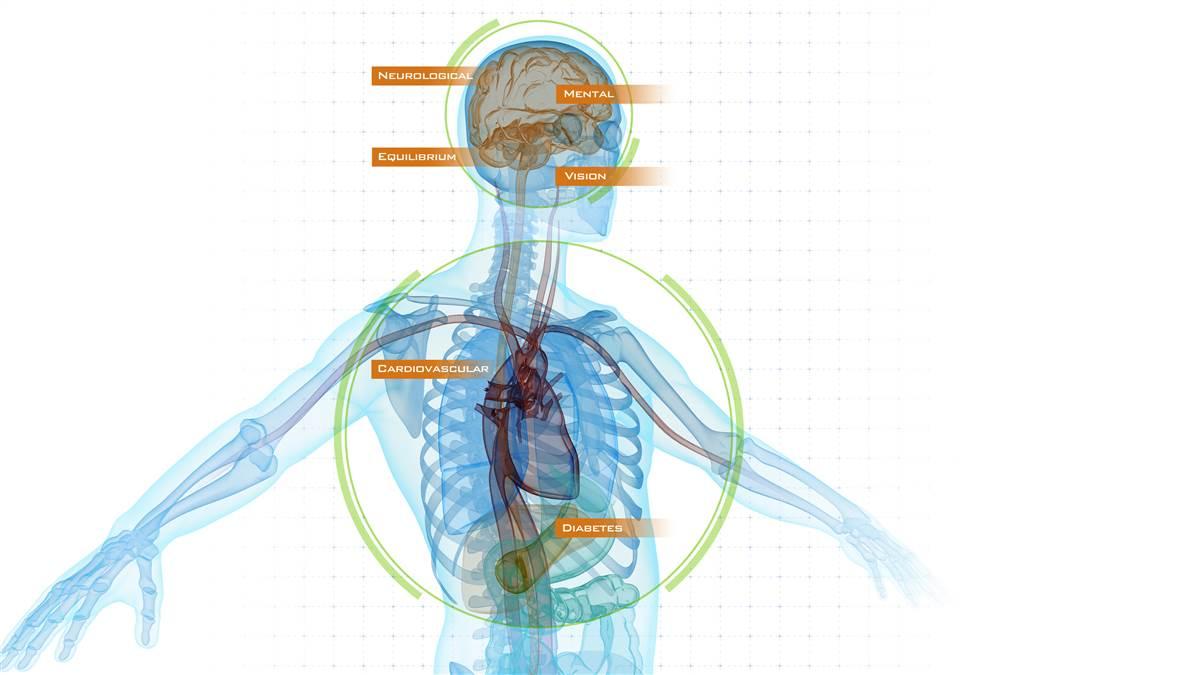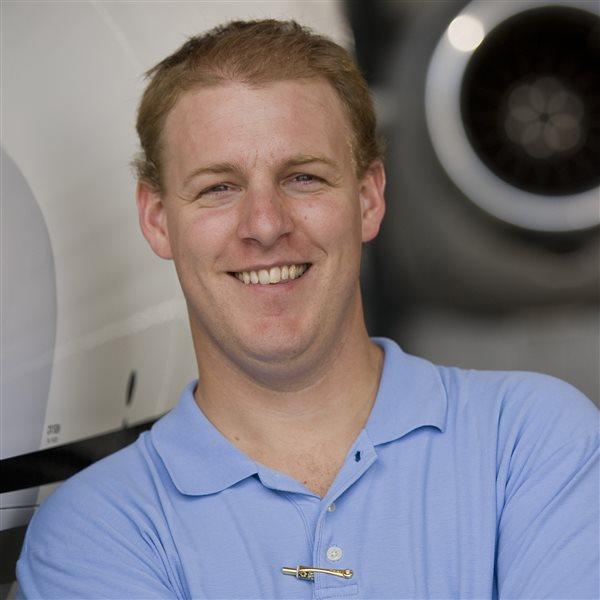
Most pilots who fly powered aircraft are required to have at least an FAA-issued third class medical certificate. The biggest exception to that is Light Sport aircraft, which have a different standard. Medical certification is an incredibly complex process, involving regulations, FAA policy, private doctors, government doctors—and you. With a little advance preparation, things usually go smoothly.
The certification system has two main components—medical certification and self-certification. While medical certification is an FAA-mandated exam leading to an actual paper certificate, self-certification is what you’ll do every time you fly.
Here’s how the system works.
Medical certification
FIRST YOU
Find an aviation medical examiner (AME) and make an appointment (www.faa.gov/pilots/amelocator).
Go through AOPA’s TurboMedical to make sure you understand the application (www.aopa.org/members/medical/
medform/index.cfm).
Call AOPA’s medical experts at 800-USA-AOPA with any questions.
Gather any necessary paperwork prior to the exam.
When you are sure you have everything ready, complete the FAA’s MedXPress application process (https://medxpress.faa.gov).
Complete a physical exam with your AME. This has three possible outcomes.
THEN...
1. AME issues a medical in the office
Congratulations! You passed and are cleared until the expiration date (see “Which Medical Do I Pick?” on right).
2. Medical application is deferred to the FAA
Welcome to purgatory. The FAA can ask for more information on any medical condition or medication. This will come as an official letter. Send back exactly what the letter requests. Omit anything and you’ll get another letter requesting the information. From here your application is:
1. Approved as a special issuance. That means you have a medical limited to a year before you must start the process again.
2. Deferred for another round of information. Try and stay calm and again provide the information. This might go on for a few rounds, but things are likely to end with a medical certificate.
3. Denied.
Did you check the 15 prohibited conditions in advance? If so, this shouldn’t be a surprise. However, even these can have exceptions.
Medical certification is denied for one of 15 conditions. They are: angina pectoris; bipolar disorder; cardiac valve replacement; coronary heart disease that has required treatment or, if untreated, that has been symptomatic or clinically significant; diabetes mellitus requiring insulin or other hypoglycemic medication; disturbance of consciousness without satisfactory medical explanation of the cause; epilepsy; heart replacement; myocardial infarction; permanent cardiac pacemaker; personality disorder that is severe enough to have repeatedly manifested itself by overt acts; psychosis; substance abuse and dependence; and transient loss of control of nervous system function(s) without satisfactory medical explanation of cause.
Denial can happen for any other medical condition beyond the 15 disqualifying ones. However, 98 percent of people who apply are eventually granted an authorization.



